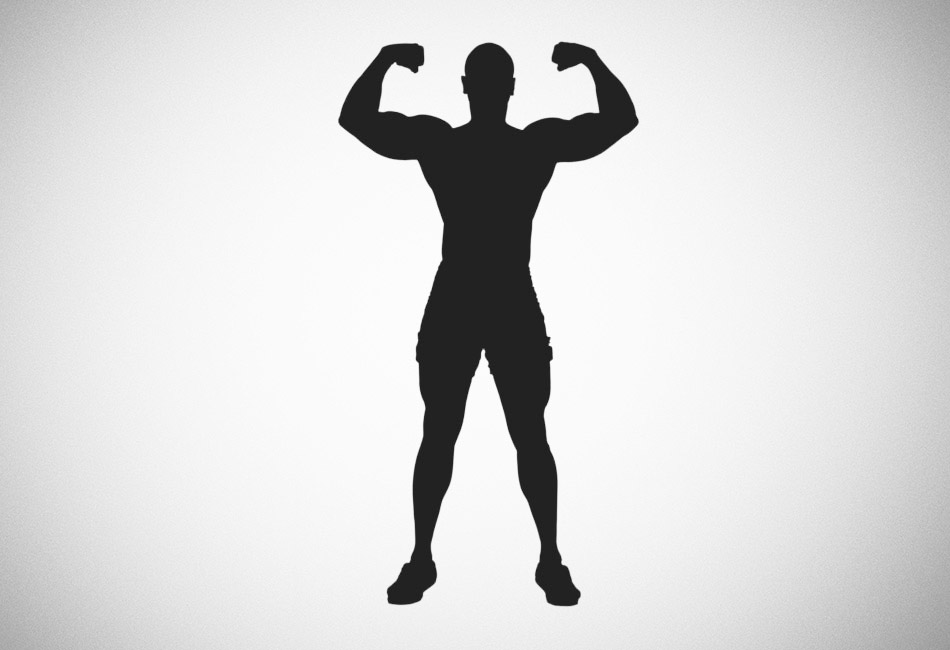
Everyone who’s struggled to get one more rep in at the gym, or felt the desperate weakness that kicks in when muscles reach their limit as they’ve run has wondered why is it that muscles get tired and how can they be made stronger.
Popular answers wrongly blame oxygen deficit, the depletion of glycogen stores in the body or lactic acid build-up and they’re all wrong. The body is a responsive, adaptive machine that uses several complementary processes to deliver its physical performance and the mechanism that governs muscle fatigue is an equally complex one and has both a physical and a mental component.
Muscle Fatigue and Calcium Ions
To help understand muscle fatigue during exercise the researchers had to go to where muscle fatigue is a constant problem: heart patients and those who suffer from Fibromyalgia. Reasoning that the mechanism governing muscle fatigue is the same regardless how it is induced and knowing that lactic acid build up is not the culprit, they were looking for pathways to muscle fatigue that were not directly exercise related. And they found them.
Carrying out a series of functional magnetic resonance imaging scans (fMRI) and muscle biopsies they discovered that deep within the muscle there are transverse tubules (known as T-tubules) that house L-type Calcium Channels. These calcium channels are on-off switches. In a process known as depolarization, they make muscles tense or relax.
When we exercise for a long time, these calcium channels begin to leak calcium ions. At that point a few interesting things come into effect. First, the build-up of calcium ions causes the familiar burn in muscles that continue to exercise outside their comfort zone. Second, the leakage of calcium ions produces an enzyme that attacks and damages muscle tissue. The muscular pain that is experienced after a tough workout is primarily because of this damage which the body repairs within a day or so. This is also where the “shredding muscle” idea that bodybuilders and weightlifters frequently talk about.
As the calcium ions leak outside their channels the body’s muscle fibers can no longer tense or relax the way they should. This leads to a reduction in their range of motion. The person exercising begins to experience a deterioration of performance and output, despite the fact that they may keep on pushing their body as hard as before.
Muscle Fatigue and the Mind
A study on muscle fatigue and the mechanism behind it, published in the Journal of Physiology also identified a mental component to muscle fatigue. Long before the burn becomes evident our minds become aware of the exertion level required and generate a signal of general discomfort or, as one study carried out in 2007 put it: ‘…the sensation of fatigue is the conscious awareness of changes in subconscious homeostatic control systems…’.
This means that the mental ‘tricks’ we use such as visualization, mental focus and the ability to drive towards a very specific goal in a highly motivated way, all play a role in the capability of the muscles to perform past the point where they feel tired.
How to Make Muscles Stronger
There is only one way to get stronger muscles: train them to the point of failure frequently. The more muscles get trained to the point where calcium leakage occurs, the more resistant they become to its effects. Essentially the body adapts and rebuilds, repairing the damage caused to the muscles by the muscle-shredding enzyme and raising the threshold at which calcium leakage occurs, which helps build not just strength but also endurance.
High Intensity Interval Training (HIIT) has been found to be very effective in this regard as it provides built-in rest and energy replenishment time which then allows the body to perform at a much higher level of intensity than if it just trained non-stop without the interval break.
Muscle Strength and the Question of Age
Since we’re talking about muscle strength we should also visit the question of age. Does the popular wisdom that muscles get weaker with age and become less resistant to fatigue and recovery, hold true?
A 2002 study suggests that there are both central and peripheral factors surrounding aging that contribute to the decrease in physical ability. A more recent study showed that provided older adults undergo physical training that pushes their muscles to respond, they can slow down and even reverse the skeletal muscle degradation caused by aging.
The study showed that high-quality muscle is rich in mitochondria. Mitochondria are cellular organelles that function as power plants within a cell. In the same way that a local power station produces electricity for a whole city, mitochondria are responsible for the production of energy derived from the breakdown of carbohydrates and fatty acids. Mitochondria oxidize or “burn” carbohydrates, amino acids and fatty acids for energy, yielding ATP (Adenosine Triphosphate).
Muscle rich in mitochondria has higher energy needs than muscle that hasn’t got as many. High intensity interval training (HIIT), heavy lifting, sprinting and long distance running are some of the high-intensity activities that help generate more mitochondria in the muscle through a process called biogenesis.
Beyond the fact that mitochondria-rich muscle helps keep us biologically young and performing athletically well beyond our age, there is one more benefit to having high-quality: It is considerably higher to maintain from an energy requirement point of view, than muscle of the same size but lower quality (with far fewer mitochondria) which then helps control the body’s fat-to-muscle ratio, better.
The Bottom Line
All muscle is not the same. Quality muscle, unfortunately, is harder to build and takes more time and dedication but it ages slower, is resistant to fatigue and it is actually stronger. So next time you feel like you can’t go on in your workout, remember what you’re actually training for.

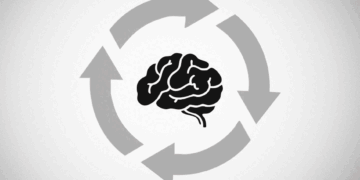
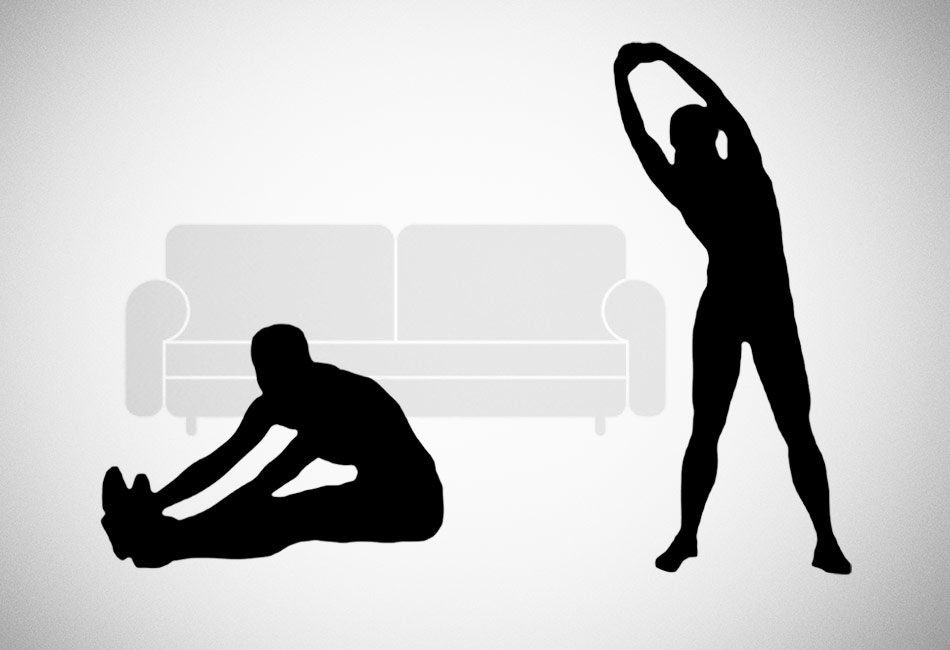
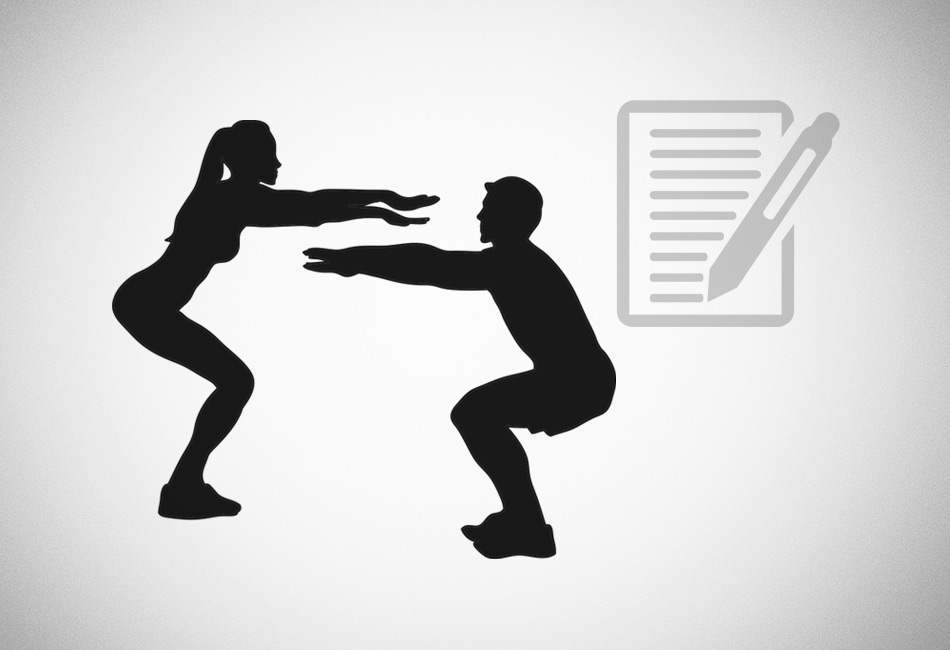
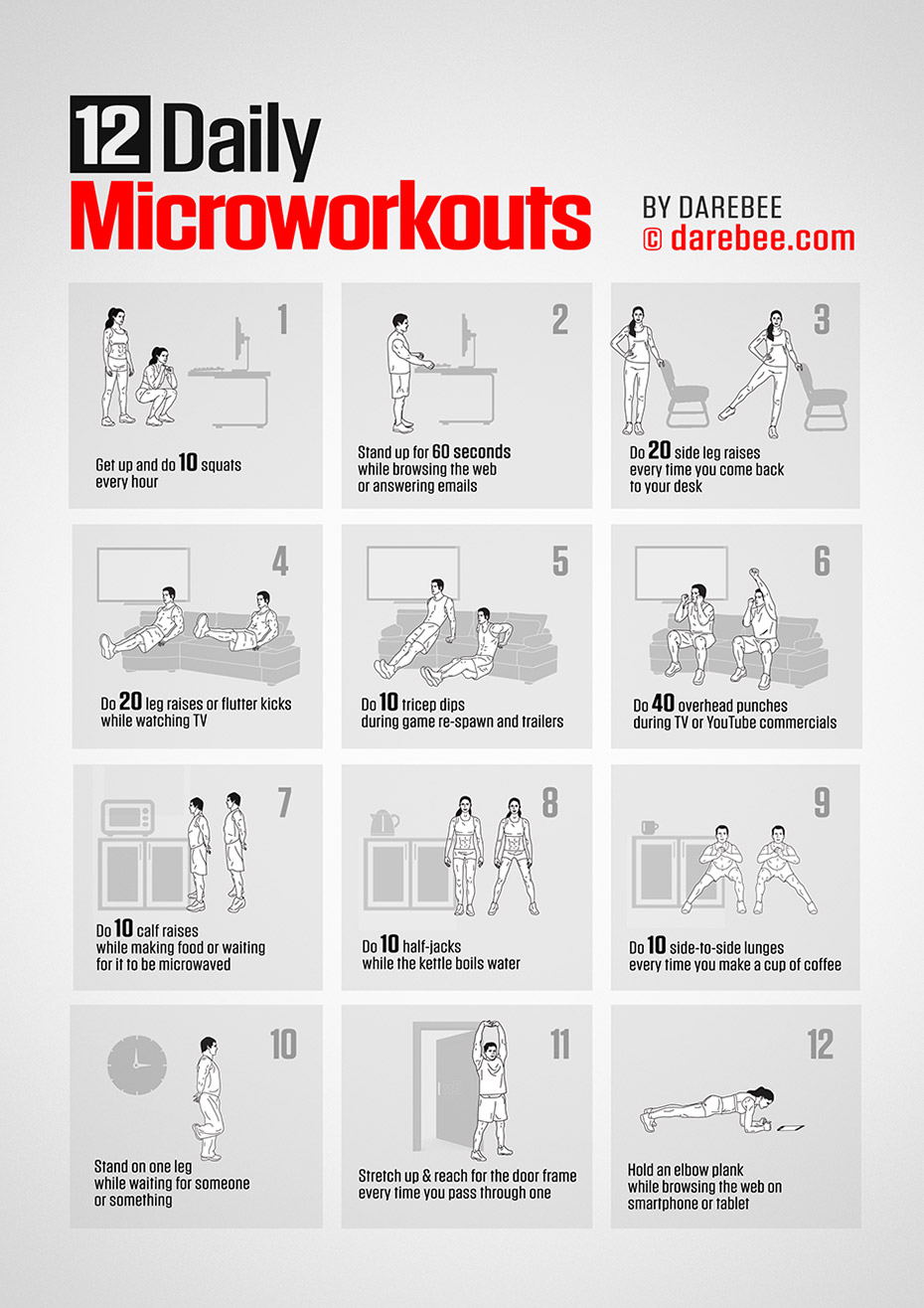
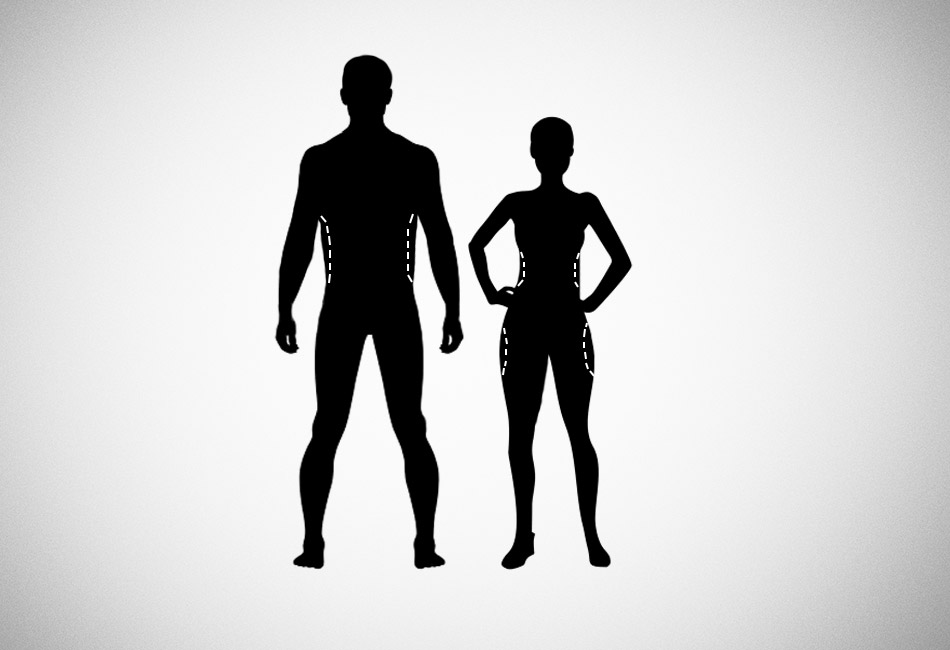
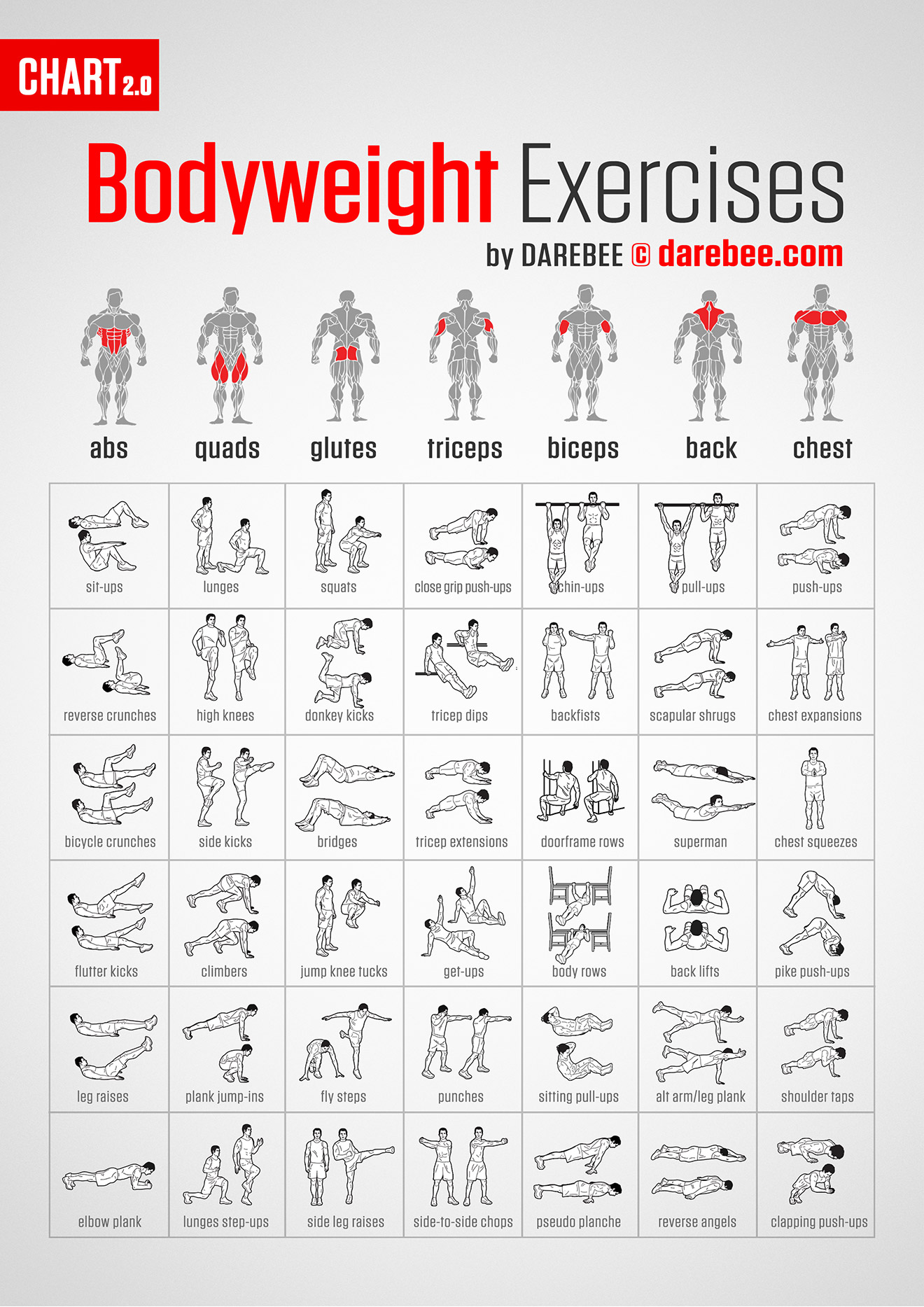
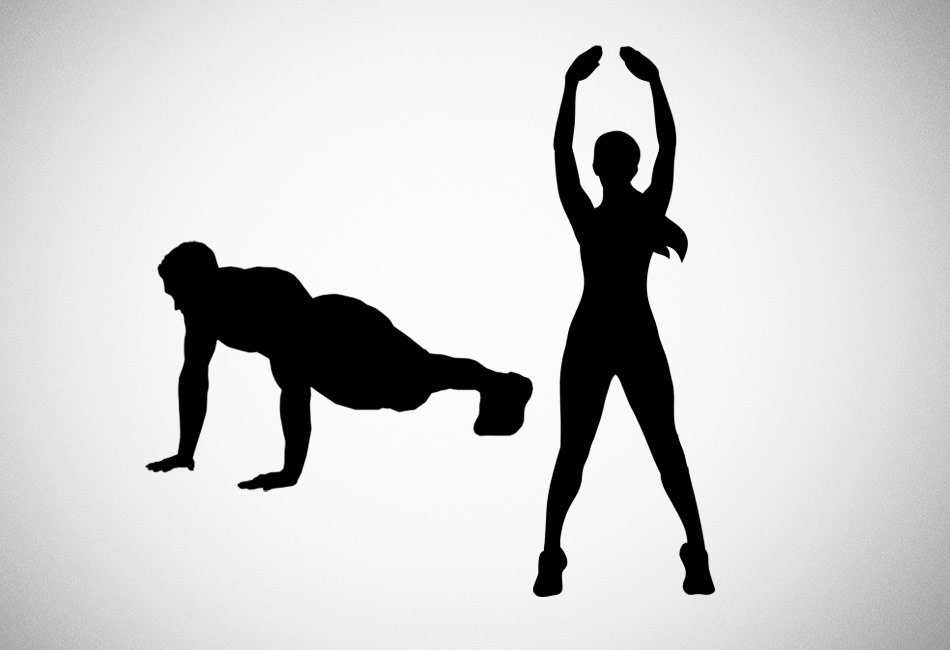
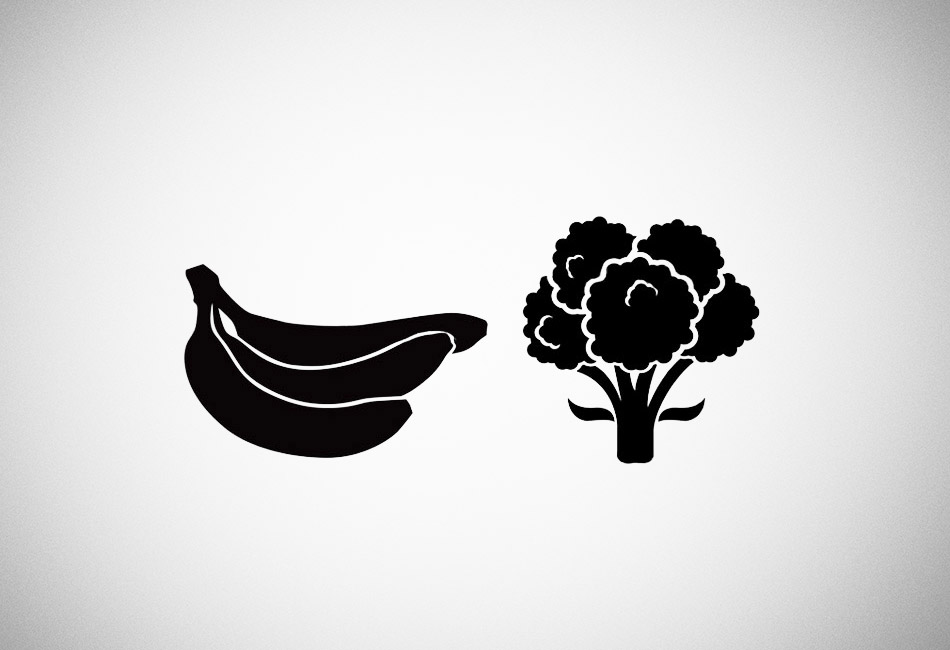
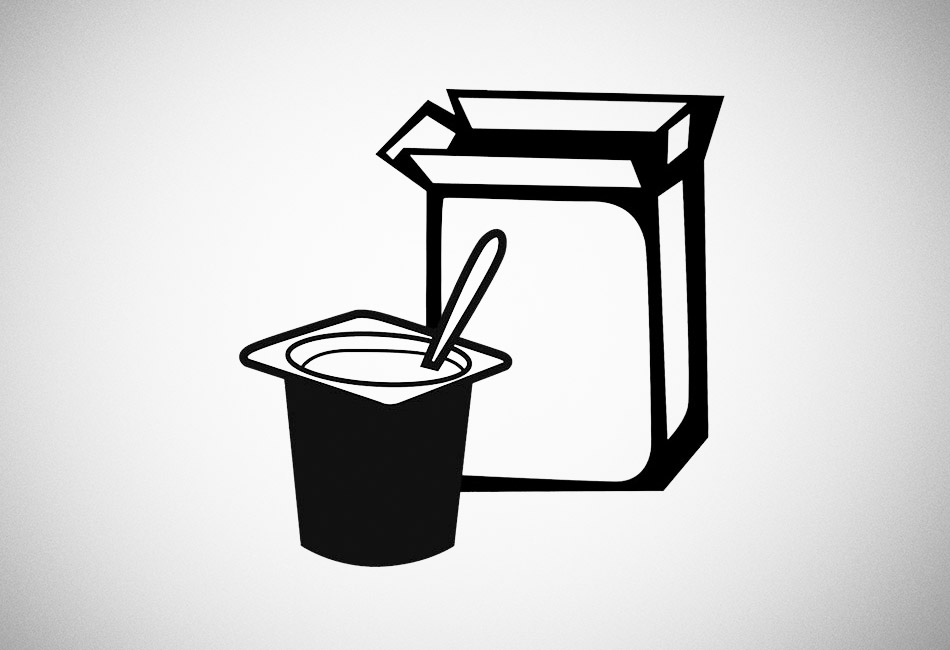
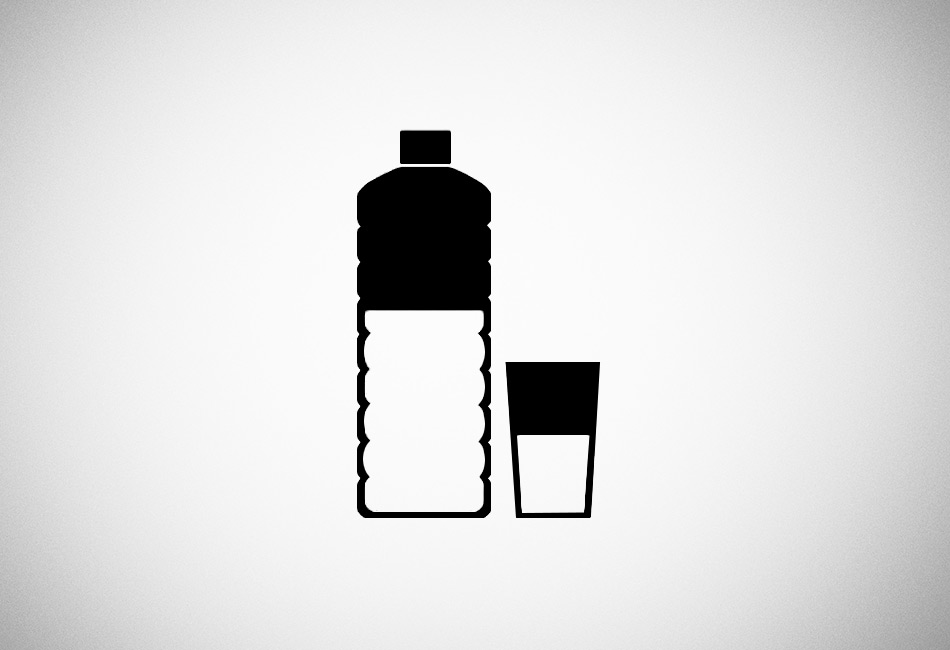
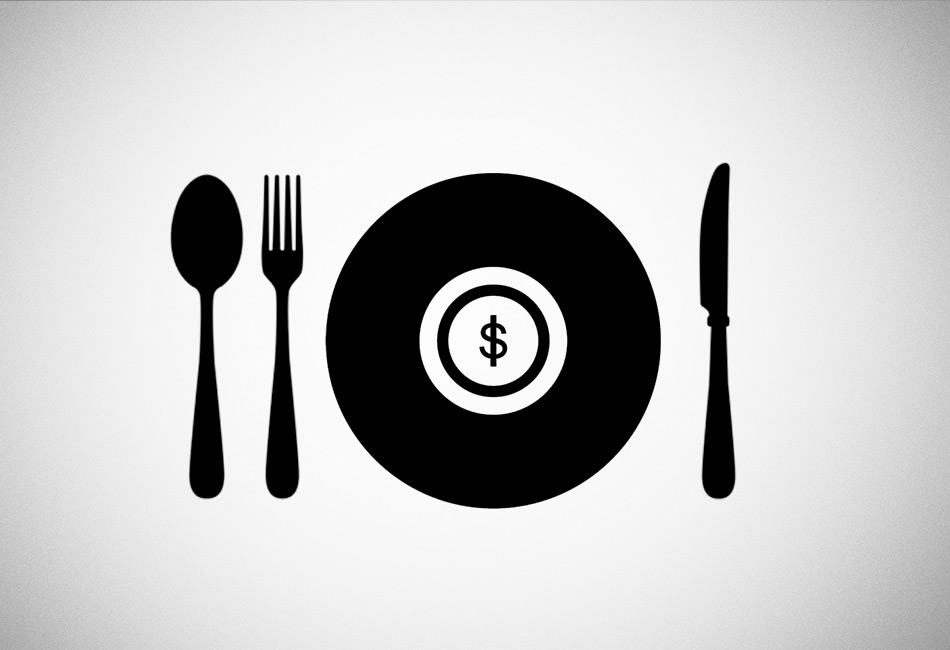
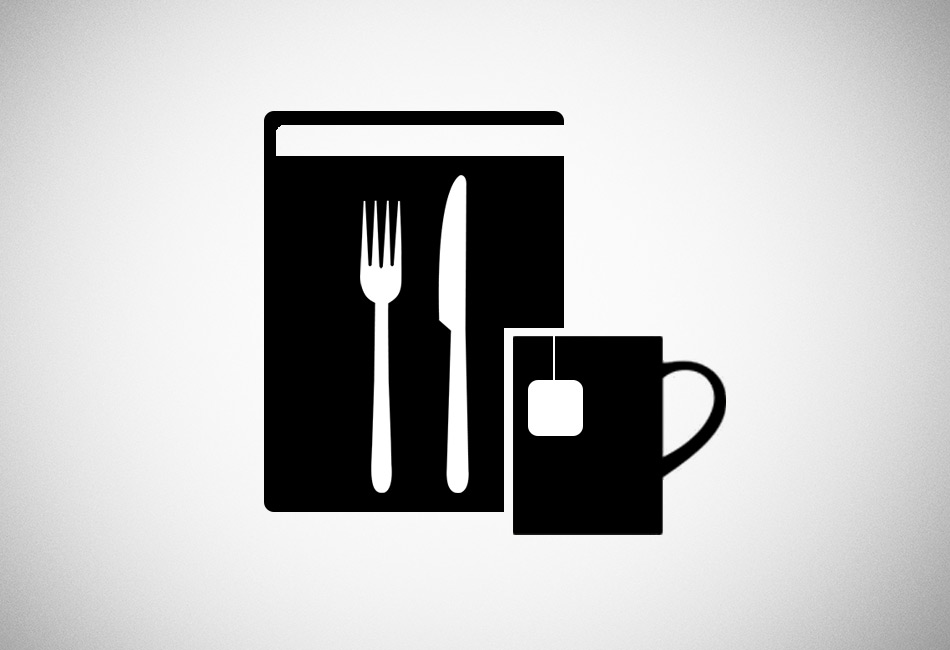
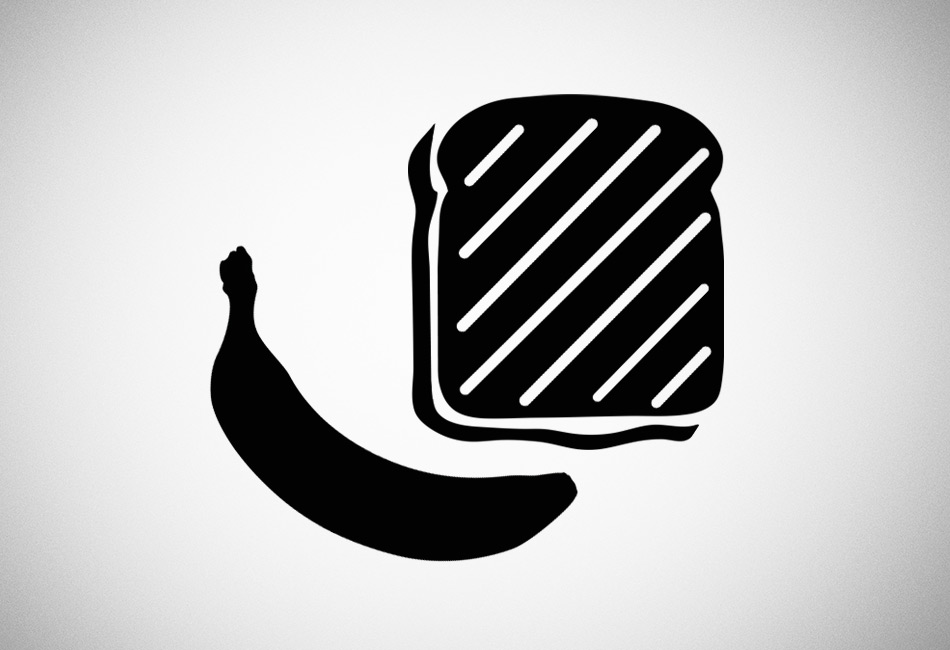
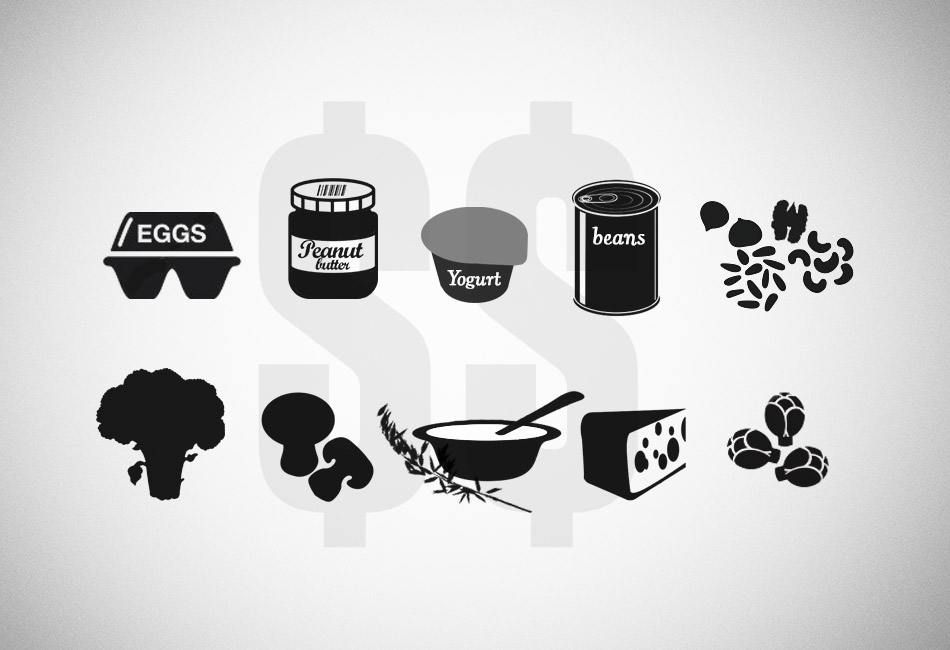

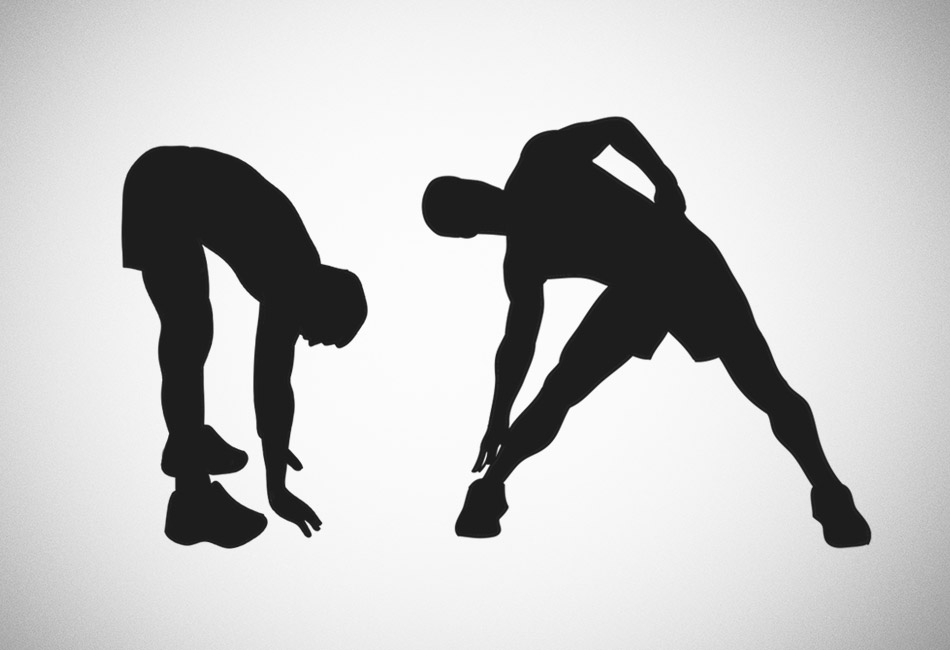
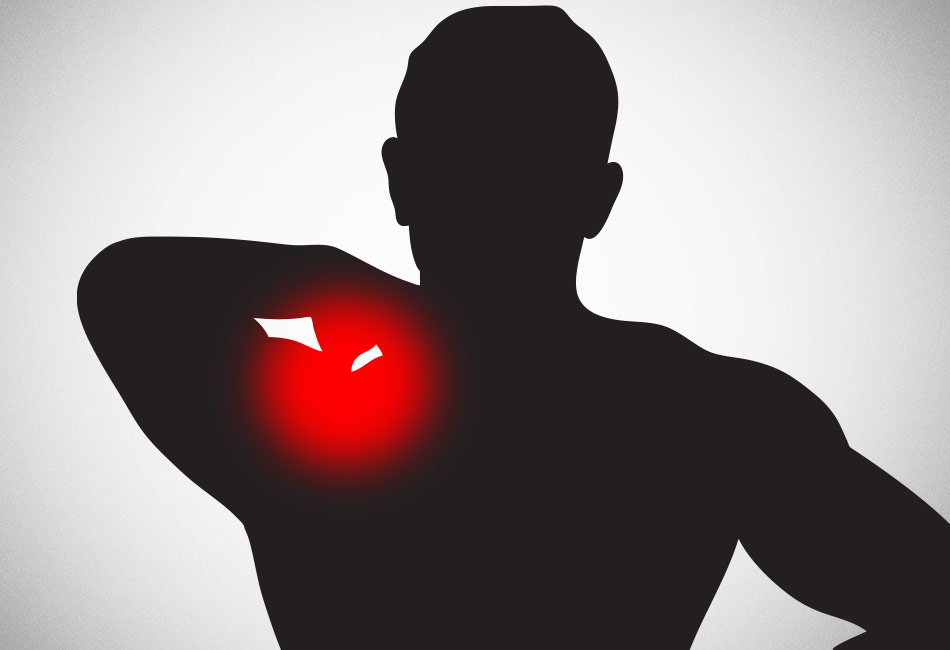
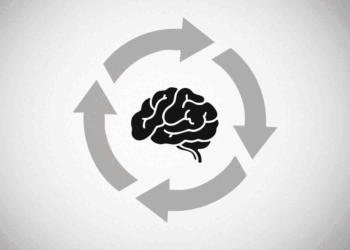

Discussion about this post